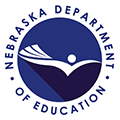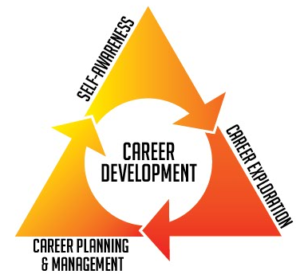Personal Learning Plans & Portfolios
What do you need to know?
Personal Learning Plans and Portfolios are created as part of the career development process. Self-awareness and exploration is needed before a student can create a relevant, meaningful PLP. The following terms are important to creating a common language:
- A Personal Learning Plan is both a learning process and a planning document for academic, career & technical education, dual credit coursework, workplace learning and activities aligned to career goals.
- A Portfolio is a collection of artifacts resulting from learning experiences of the PLP and the career development program. Essential up-to-date documents such as PLP, resumes, applications, assessments, certifications, transcripts, examples of career readiness skills or references may be included. An e-portfolio is helpful to being ready for new opportunities or career changes at a moment’s notice.
Career planning is an ongoing process as is education and selecting the right coursework and activities. Personal Learning Plans are a method of planning for yearly or semester registration. It is also a transitions planning tool for high school graduation and postsecondary entrance requirements.






